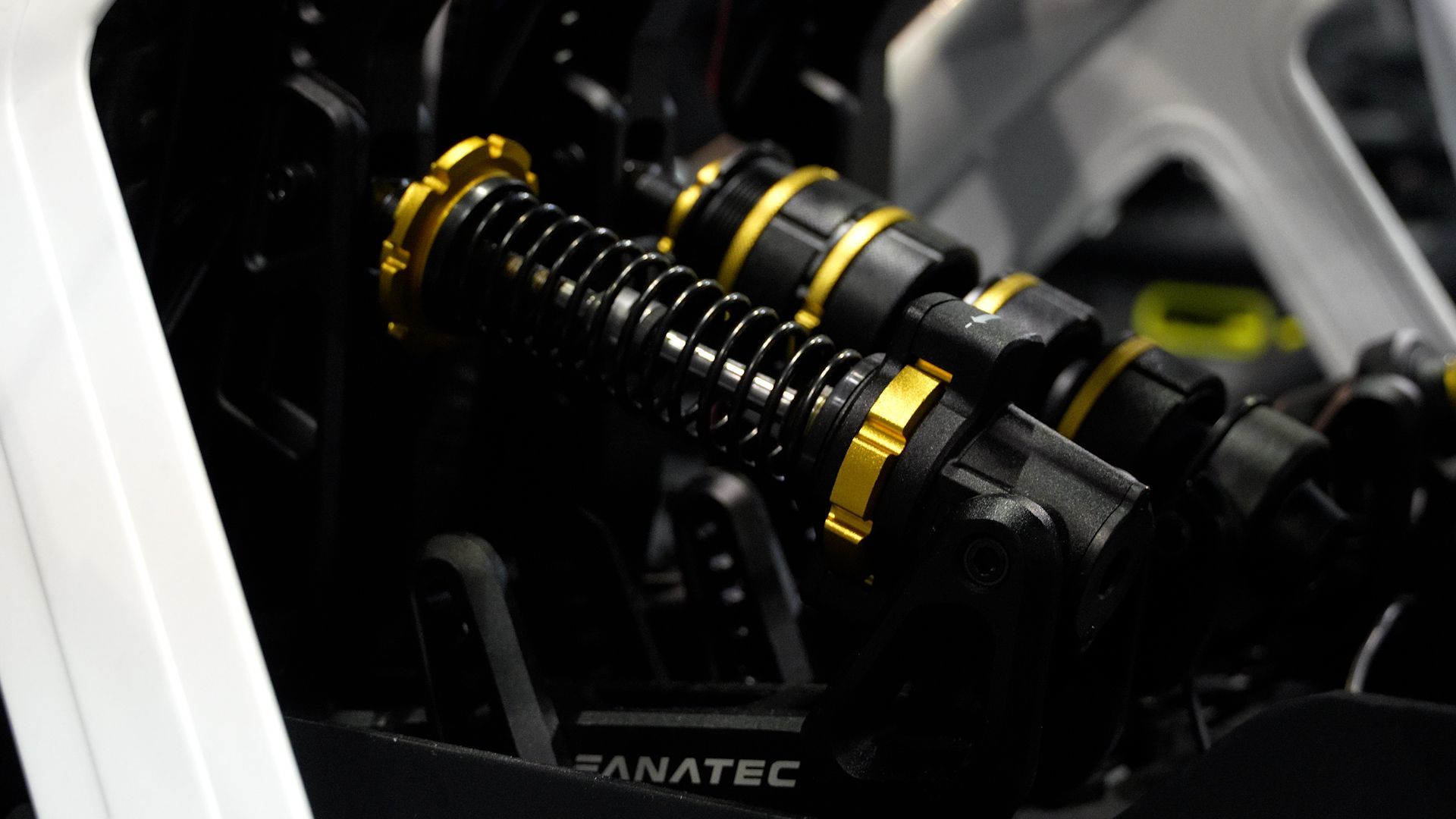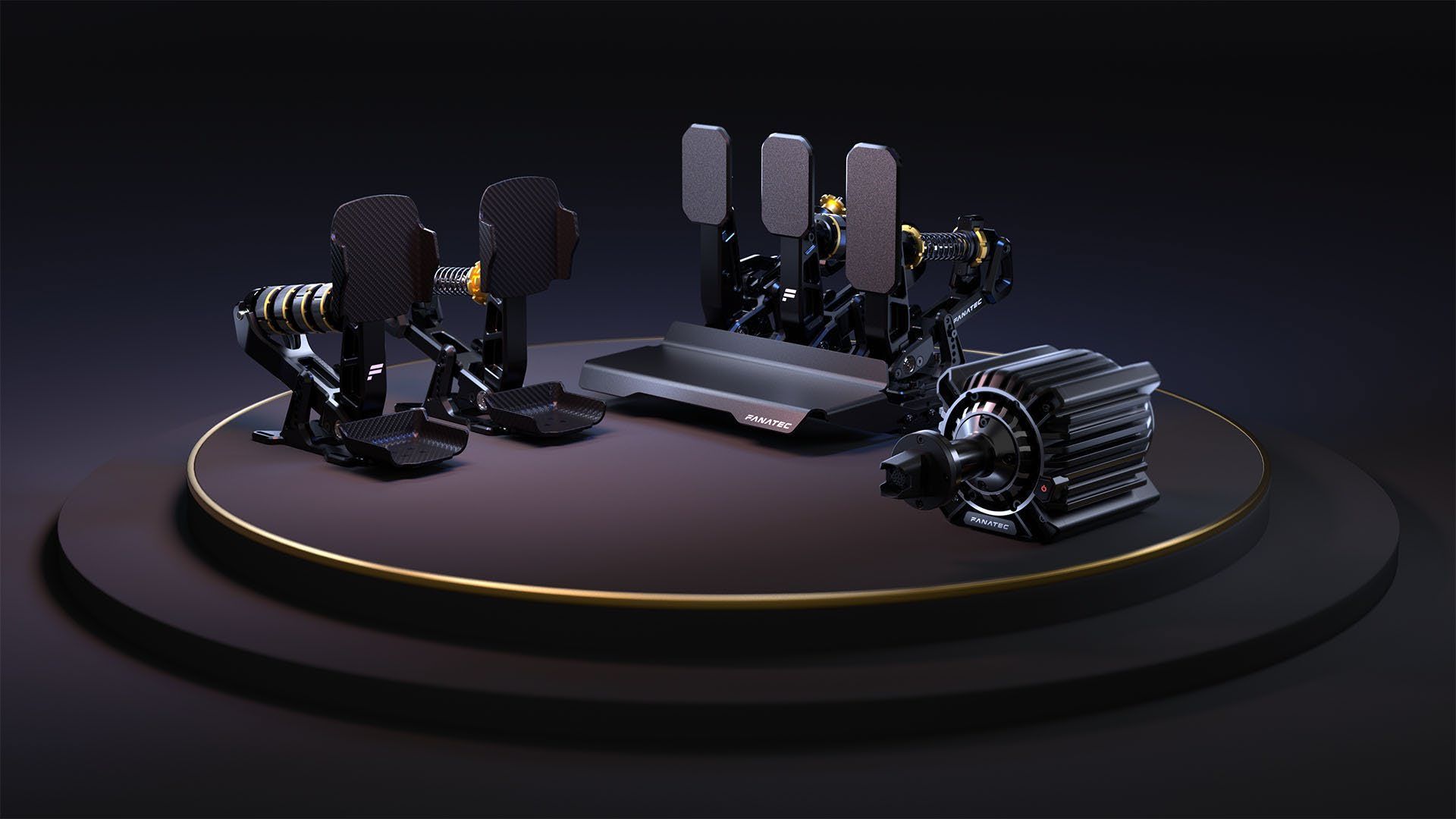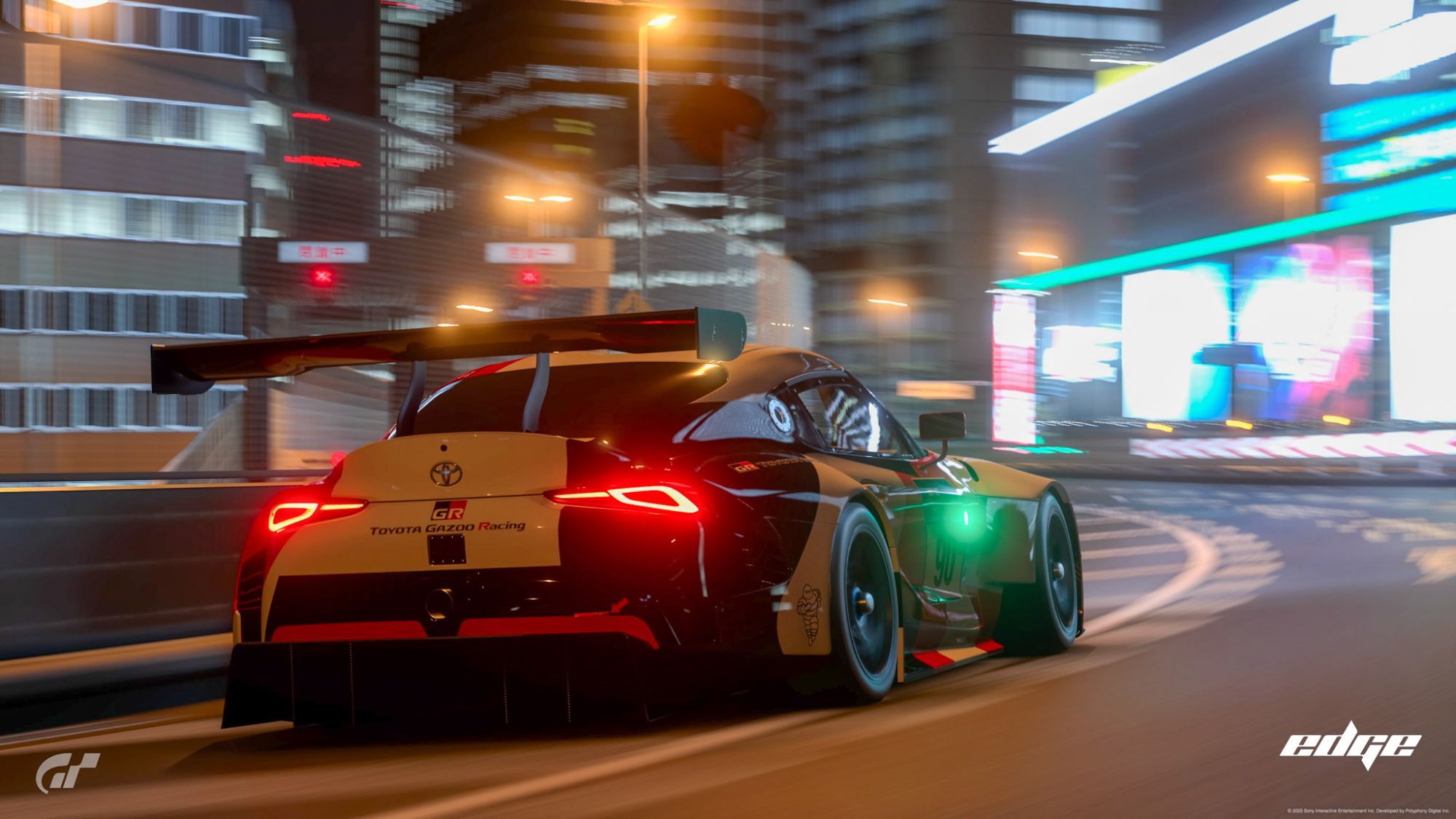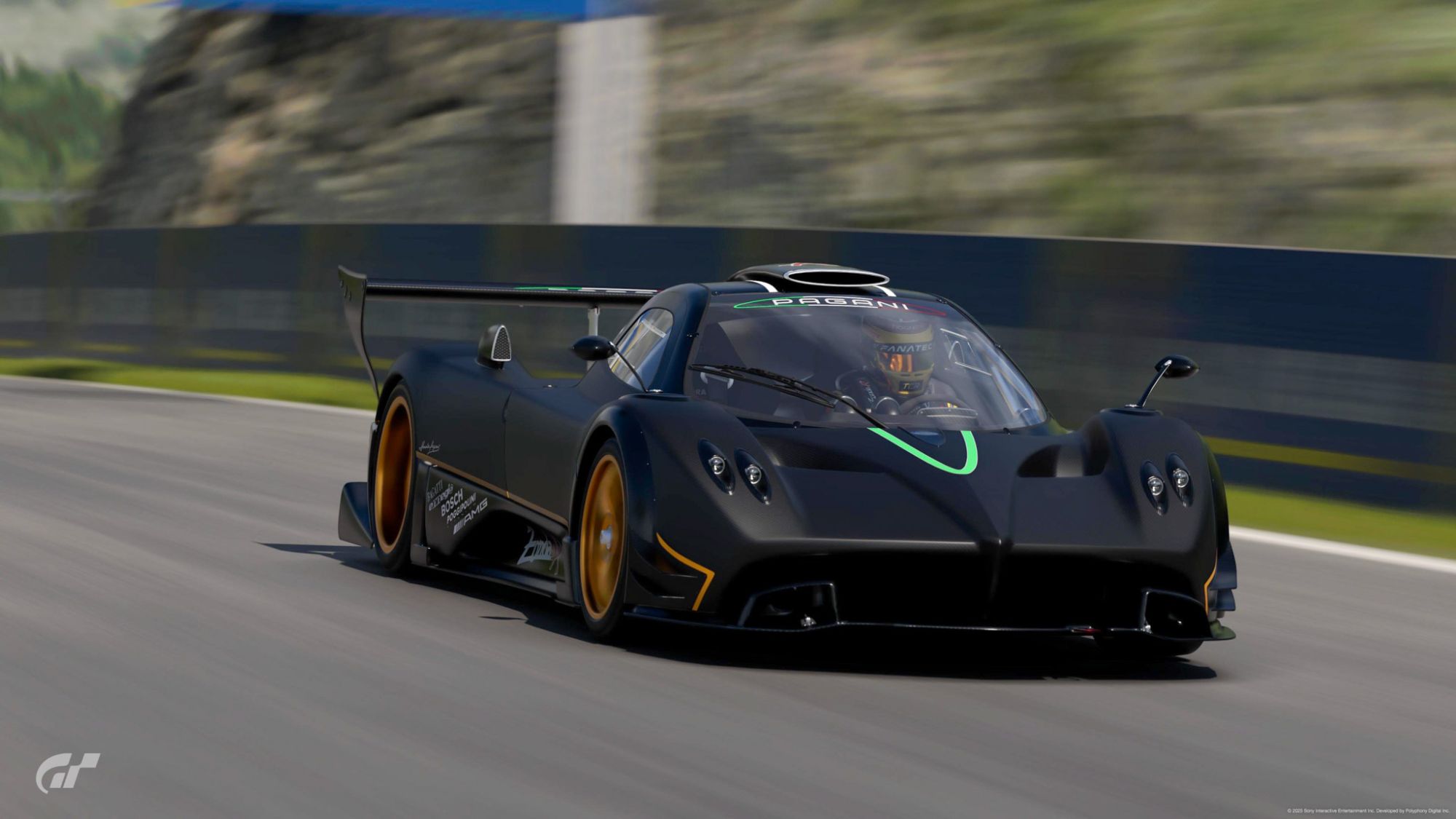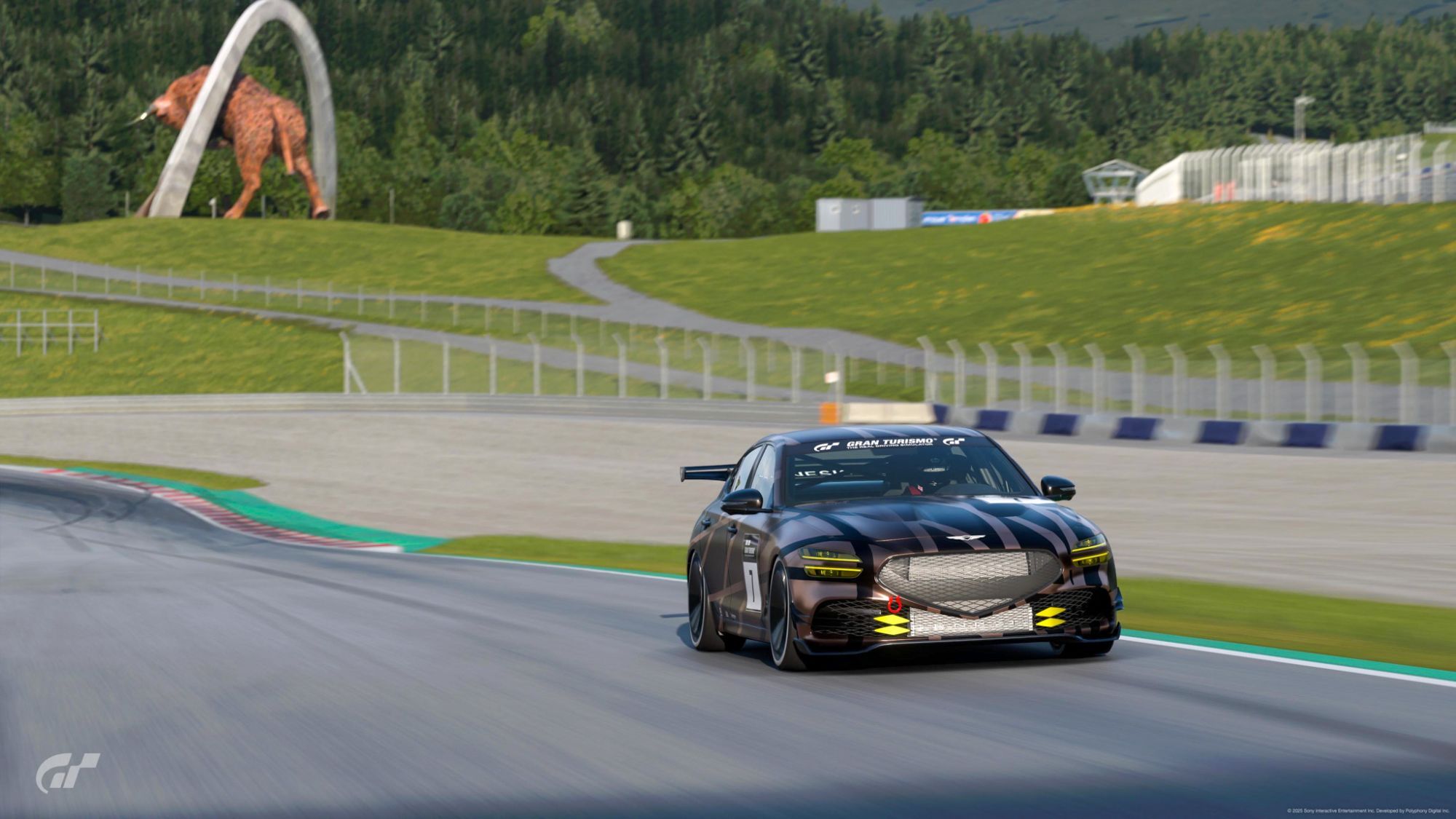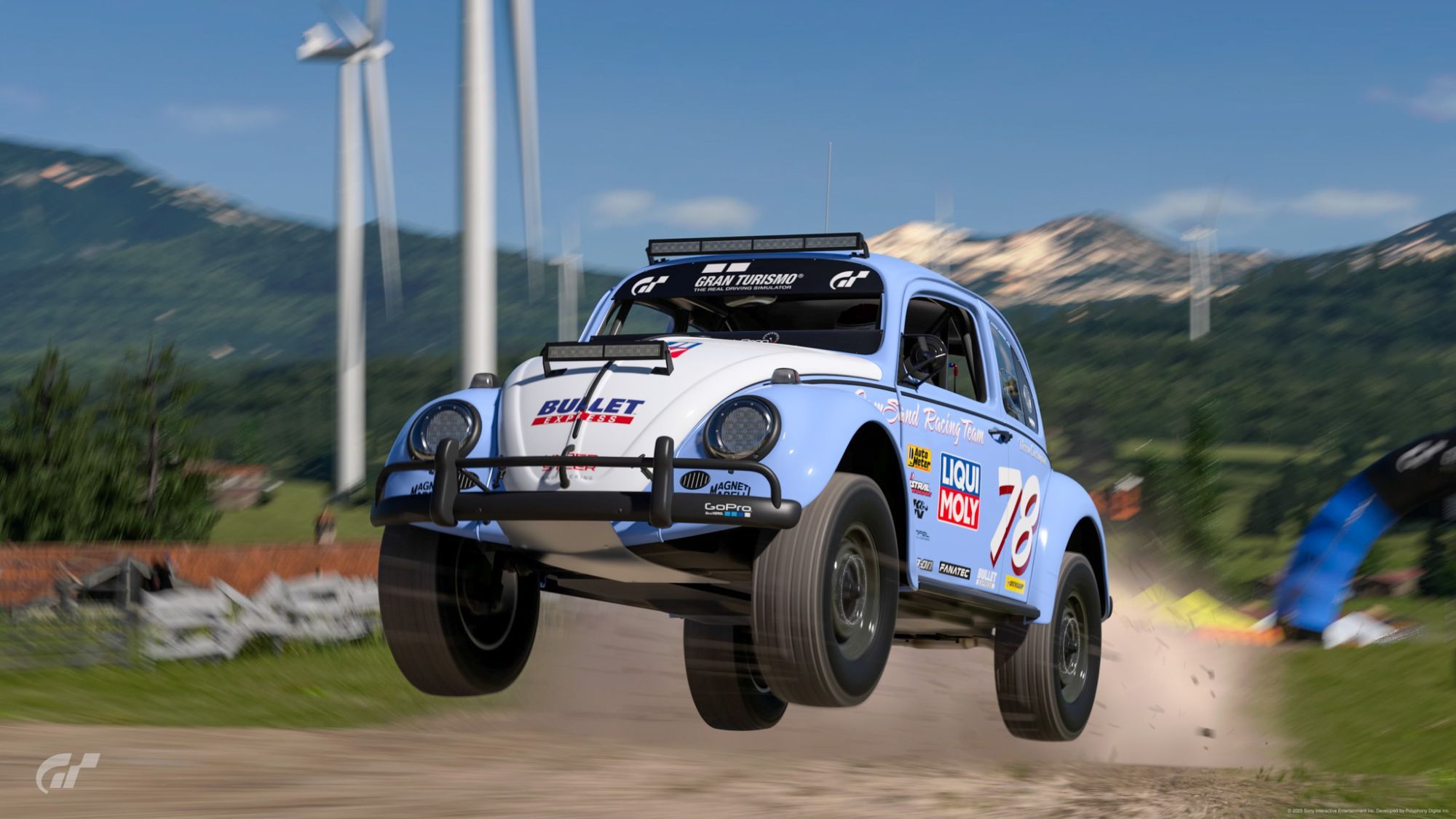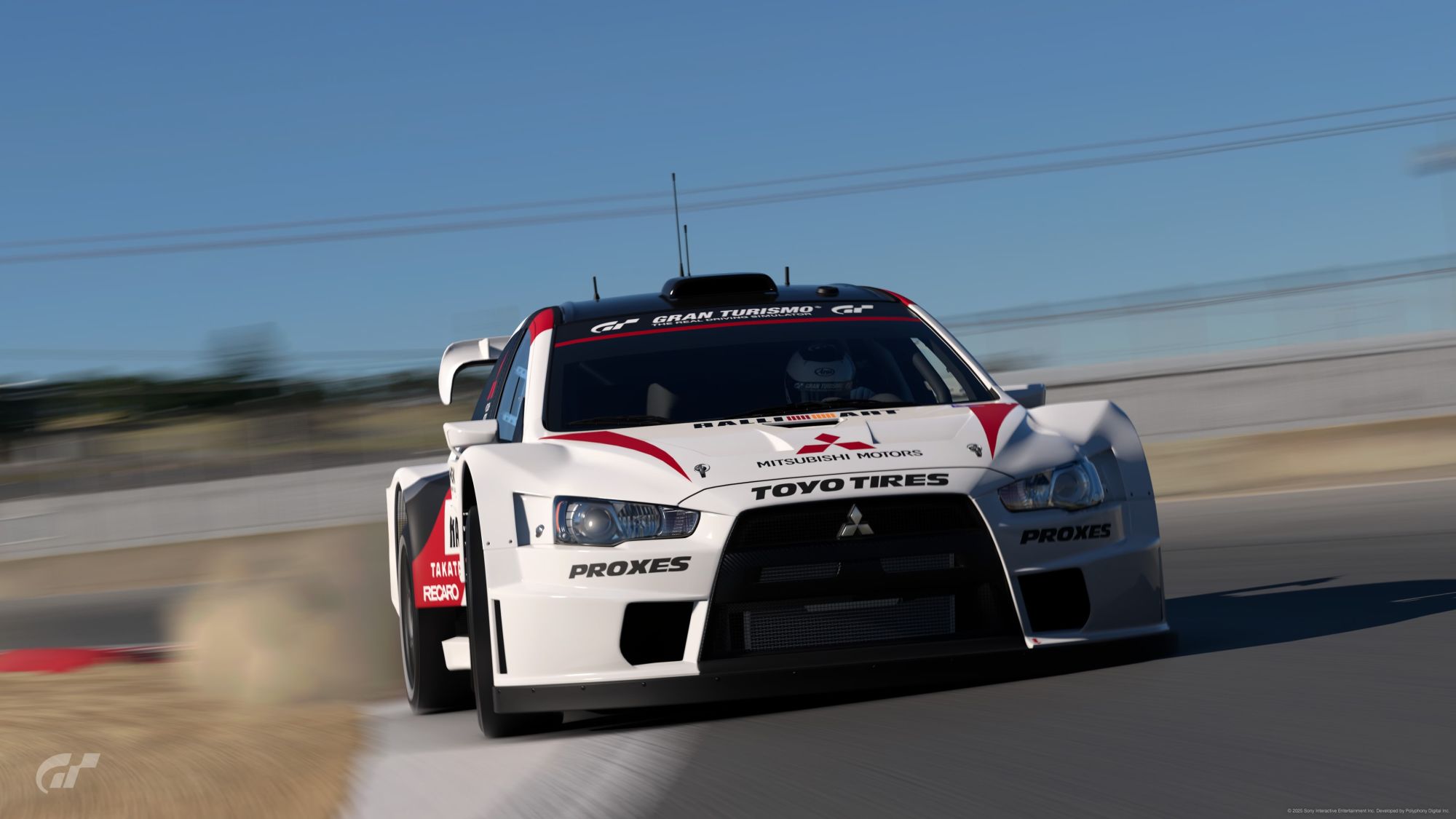
Have you ever found yourself wondering if investing in a more expensive sim racing wheel would not only improve your enjoyment but also make you faster on the track? That thought comes across most sim racers' minds, especially when trying to shed seconds off lap times or maintaining control on demanding circuits. I do feel the promise of better high-end hardware and that far better immersion and performance are at my fingertips.
Back in 2019, I found myself in a similar situation. My first sim racing rig was built around a Logitech G29, the go-to for beginners. By then, I was really satisfied and felt like this setup delivered the real sim racing experience. However, looking back, now I realize just how limited I was by the wheel. The force feedback was weak, the pedals felt more like toys rather than actual tools, and the overall experience was kind of disappointing. The G29 has served me pretty well, but I couldn't help myself in some instances: What if I had better equipment? Would I be faster, more consistent, and would it be even more fun to sim race?
Fast forward to today, and I've upgraded to a Fanatec Clubsport DD+ setup. It’s like stepping into a whole new world. But the big question remains: Does spending more on your sim racing setup actually make you faster? In this article, we’ll compare the Logitech G29 with the Fanatec Clubsport DD+, examining performance, consistency, feel, and overall enjoyment. After all, sim racing is supposed to be fun.
Fanatec DD+ Setup Overview
Let’s start by taking a closer look at the Fanatec setup, which represents a significant upgrade from the Logitech G29. The base alone weighs nearly 13 kilos (about 28 pounds), offering substantial stability and precision. Once mounted, this setup is rock-solid, crucial for handling the powerful forces this wheel can generate.
Where the Logitech G29 uses a gear system to connect wheel movement to the engine, the Fanatec DD+ setup has a direct drive system in place, where the wheel is directly attached to the motor so any input is instantly and accurately translated into the game. This is a 15 newton meter of torque wheel, which is about seven times more powerful than the G29, so you can feel every bump, slip, and texture on that road with great clarity.
The Fanatec DD+ is built for serious sim racers. The wheel feels solid and confidence-inspiring, and the V3 pedals are equally impressive. Featuring a load cell brake, these pedals measure pressure rather than just travel, offering a more realistic and consistent braking experience. This level of precision is crucial for hitting those perfect lap times.
But beyond the technical specifications, the experience when driving with the Fanatec setup becomes a game changer. It is so detailed that one almost begins to feel the tires biting in as they go around the track, weight transfer as they brake and turn, and even the little slides that tell you where the limit of grip is. That will be all about connecting to the car very literally.
Logitech G29 Overview
Meanwhile, the Logitech G29 is most often recommended to beginners, and for good reason: it's a force feedback wheel, offering an accessible entry point to the world of sim racing with a huge amount of wheels, pedals, and shifters available at lower costs than more high-end setups. The corporate parents of wheel number two are compatible with just as wide a range of consoles and PCs. The setup for G29 is pretty easy to accomplish: plug it in, perform the calibration, and off you go.
The force feedback isn't as strong or detailed as more expensive wheels, but it does give you a decent enough level of immersion-you can feel when the car's moving, the grip levels, and the road surface-but all in a much more muted and less precise manner. However, it's here that the G29 starts to reveal its limitations hard and heavy. The force feedback caps at 2.2 Newton meters, which is ample to give you a general sense of what's going on with the car, but really lacking in strength and fidelity compared to more advanced wheels. Notably, it can feel notchy and mechanical, especially when you try to make fine adjustments mid-corner. That wasn't enough; the gears that are inside the wheel can also get quite loud.
The other area in which the G29 falls short of more advanced setup is in braking. The pedal input is travel-based and not pressuring, meaning that the resistance in the brake pedal does not change no matter how hard you press it. This makes it hard to be very consistent with anything, especially whenever trying to trail-brake or modulate the brakes as you go into a corner.
Despite those, the G29 tends to be a solid performer for its class. It's fun, approachable, and even capable of some really fun racing, especially for sim-racing newbies. If you're brand new to sim racing, too, it's also a good way to learn the very basics of how to control your car, racing lines, and braking techniques. As that experience builds up, though, and you begin to chase those last few tenths of a second, the limitations of the G29 begin to show.
Testing Setup and Methodology
To compare the Logitech G29 and the Fanatec DD+ Setup, we used a controlled environment to ensure consistency. The test took place at Watkins Glen Short Course in Gran Turismo 7, driving the Alfa Romeo 4C, a car that’s well-balanced and challenging enough to highlight the strengths and weaknesses of each setup.
The testing methodology was straightforward: 10 laps with the Logitech G29 followed by 10 laps with the Fanatec DD+. The goal was to achieve the fastest lap time with each setup, while also considering lap time consistency, wheel handling under various driving conditions, and the overall feel of each setup.
Logitech G29 Experience
As soon as I'd settled into the virtual cockpit with the G29, I was immediately reminded of its more mechanical feel. The force feedback was there, but it wasn't particularly strong. There was also a notchy quality to it you don't get with more advanced wheels. The best analogy I could come up with is that this felt a bit like driving a car whose power steering system is almost-but not quite-functioning. You can kind of feel what the car is doing, but it's not that crispness of feedback like you'd get from a direct drive setup.
One thing that immediately came to my attention was how much input correction the G29 needed, especially in hard driving. An especially weak force feedback had me lean a great deal more on visual cues from the game rather than from the wheel itself. This became most sensitive when the car let go or hit a curb—exactly the situations where quick, precise corrections are needed. Not as much, though, with the G29 because the feedback wasn't strong enough to give a good sense of what the car was doing to make those corrections.
Braking was another area where the G29 struggled. The pedals felt light and lacked resistance, making it difficult to modulate the brakes with precision. I found myself either braking too much or too little, and it was hard to trail brake effectively, which is crucial for maintaining speed through corners. Over the course of the 10 laps, this inconsistency in braking became a recurring issue, affecting both lap times and overall control.
While the G29 can deliver a decent performance, there was a noticeable lack of consistency. Some laps were quicker than others, but it was difficult to maintain a steady pace throughout the session. The weak feedback and braking challenges made it hard to string together a series of fast, consistent laps.
Fanatec DD Experience
Switching to the Fanatec DD+ setup, the difference was immediate. From the time I started my first lap, it became certain that the Fanatec was in a league of its own. The wheel was heavier-much heavier-both in physical weight and in force feedback. This was not just a wheel to steer; this was a tool that commanded precision. The direct drive motor painted a much clearer picture as to what the car was doing at all times.
Every input I made was instantly and accurately translated into the game, with no lag, play, or dead zones. The feedback was granular to an extent that I could feel the tires gripping the road, the weight transferring as I braked and turned, and even the subtle windup of the car balancing on the edge of grip. This level of detail made it much easier to stay in control when really pushing the car.
The most important advantage for me with the Fanatec setup was definitely the braking. The V3 pedals had a load cell brake; the feeling of braking was more realistic and consistent than with the G29. The pedal felt firm and responsive, and I could really modulate the brakes with a lot of precision and confidence.
This made the trail braking much easier, and it was more effective, too. Over the 10 laps, this translated into more consistent lap times and a less jerky overall driving experience.
Another area in which the Fanatec really shined was in car correction when things went wrong. In the G29, I seemed to always want to predict where the car was going instead of reading the wheel for feedback. With the Fanatec, it's just so strong and linear that I could read the car's movement in real time and catch the slides, correct oversteer, and keep the car right on the limit without making any sort of mistake. Having done a couple of circuits of 10 laps each, it became clear that the Fanatec DD+ was not all about pure, unadulterated speed but rather put large spots of importance on control, finicky precision, and consistency. Lap times were not drastically quicker than in the G29, but they were much more consistent. The feedback from the wheel meant I had confidence in pushing the car harder now-knowing full well I could react to whatever it did. The result was a much more enjoyable driving experience.
Final Lap Time Comparison
Looking at the lap times, the differences weren’t as dramatic as you might expect. With slower cars, the lap times between the Logitech G29 and the Fanatec DD+ were surprisingly close. The G29 held its own in terms of outright speed, but the real difference lay in consistency and feel.
Over the 10 laps, the Fanatec was predictably quicker, but more importantly, the spread from fastest to slowest was much tighter. That means where it's possible to wring a fast lap out of the G29, it's a great deal more difficult to sustain a pace. With the Fanatec, improved feedback and better pedals meant braking was more consistent, inputs clean, and driving felt a lot more metered. This made it easier to repeat fast laps over and over, which is important in a competitive setting.
However, the difference in lap times isn’t the only factor to consider. The Fanatec offered a much better overall experience. The feedback was more detailed, the controls were more precise, and the immersion was far greater. These factors contributed to a driving experience that not only made me faster in the long run but also helped me learn and improve faster.
Conclusion: Does Expensive Gear Make You Faster?
Therefore, does expensive gear make you quicker? Of course, it does. The Fanatec DD+ setup is indeed quicker, more consistent, and more immersive than the Logitech G29. The direct drive motor, high-quality pedals, and precision of the wheel all combine into an overall better drive that lets you push the car harder but keep it in better control. If you're serious about sim racing, this setup from Fanatec will help improve your game, learn it faster, and enjoy it a lot more.
But while the Fanatec is quicker, the gap in terms of lap times isn't quite as dramatic as you might expect, given the price difference. In reality, what you're really paying for is the better feel, immersion, and consistency. Still, the Logitech G29 is a well-rounded platform for entry-level racers or those looking to dive in on a budget. It'll indeed be a solid introduction into the world of sim racing, and while, yes, it has its limitations, it manages to be more than capable of serving up a fun and engaging experience for driving enthusiasts of all backgrounds.
What it all boils down to is knowing how to race and finding the limitation of each car and track. Whether one races with a wheel on a budget or a high-dollar setup, the common ultimate goals are to have fun, work on building skill, and enjoy each and every part of the sim racing world. So if you are content with what you have, well then, do not upgrade just to upgrade. But if more is what you want from a more satisfying and believable experience, and you are ready to make a serious investment in your hobby, then the Fanatec DD+ setup may be something worth considering.

















